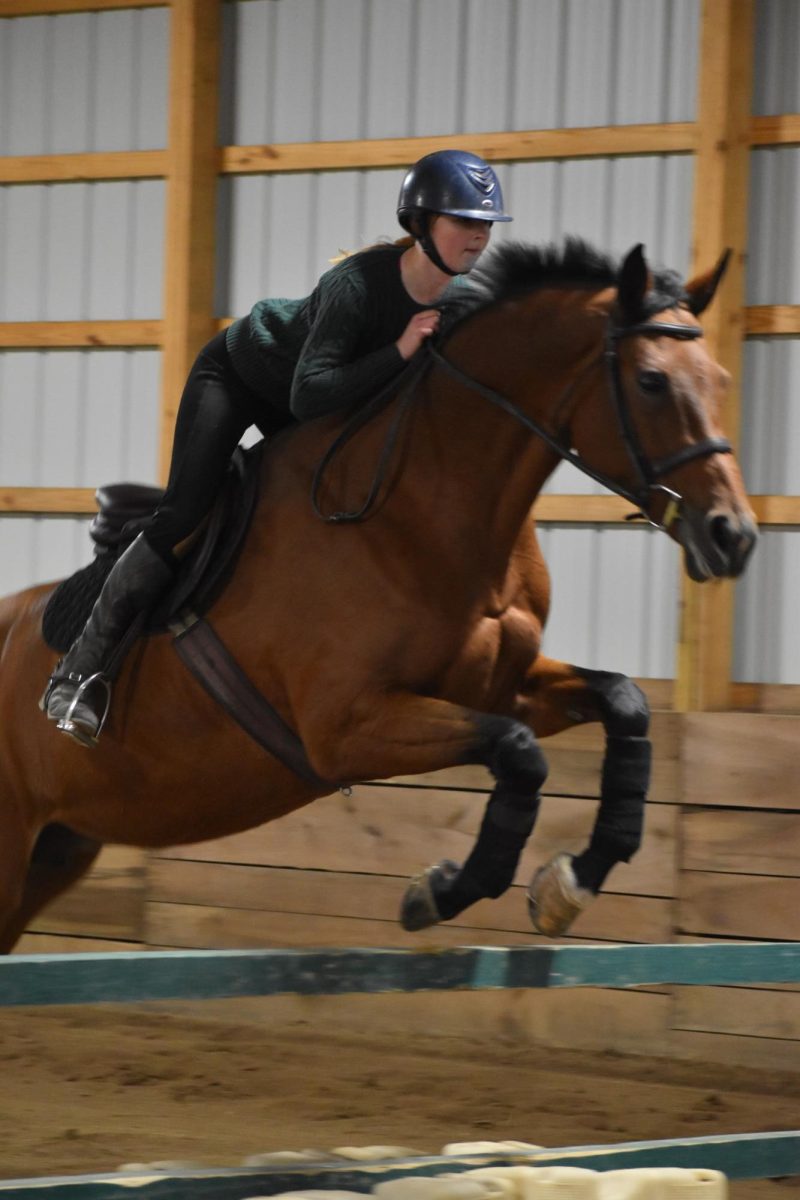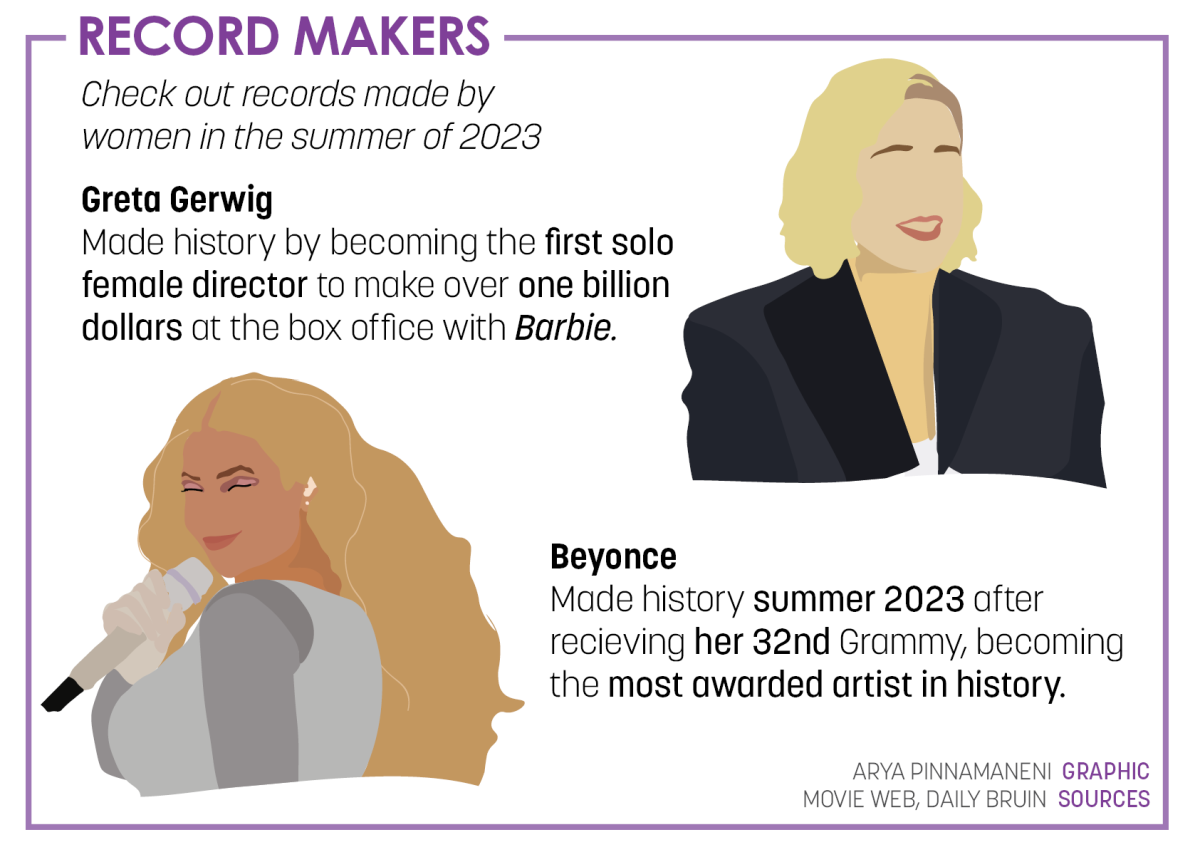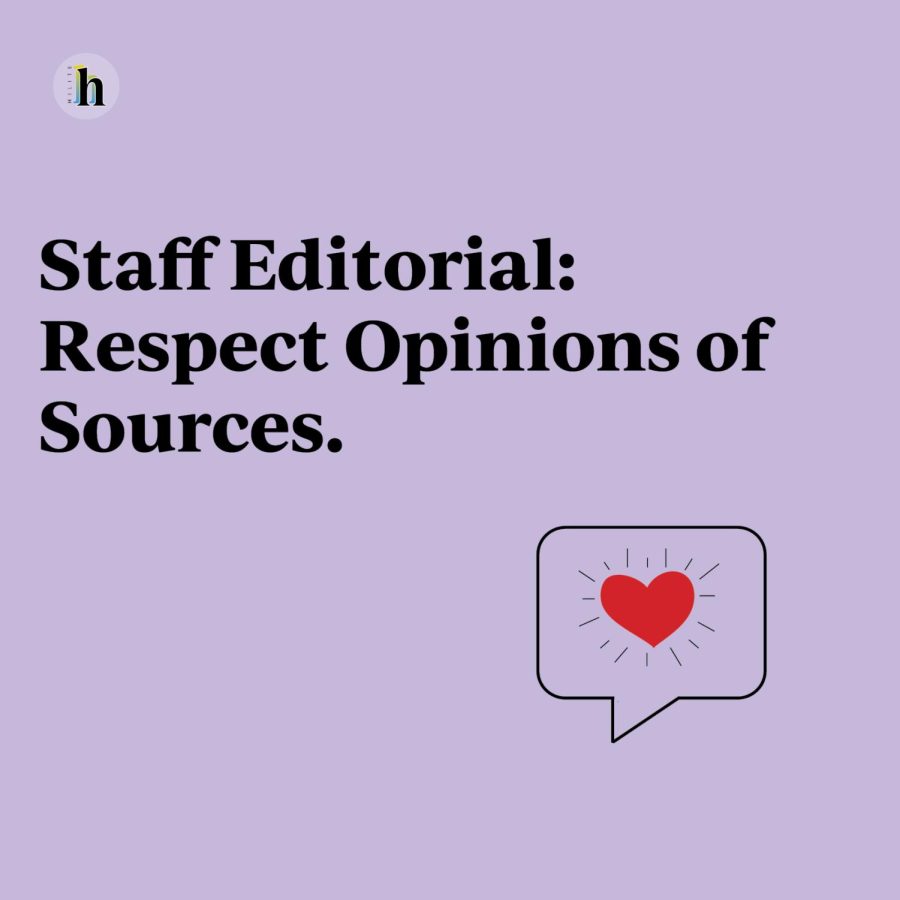
Just last year, Auli’i Cravalho, the actress who played Moana, declared it “absolutely appropriate” for kids to dress up as the Polynesian princess as long as it was in the “spirit of love.” But people were quick to dismiss her opinion, saying it doesn’t speak for everyone, and that there’s more to Polynesian history than just the Disney interpretation.
For years, there has been a considerable amount of controversy surrounding Halloween costumes and their portrayal of characters. Some say wearing costumes of Moana or Pocahontas are crude portrayals of culture and undermine hundreds of years of history. Others believe that it’s harmless for children to wear costumes that portray Disney characters when they have no desire to offend anyone’s culture. I tend to side with the latter.
It’s important for us to educate the upcoming generations on the boundaries of cultural appropriation, especially if it means your younger sister might receive backlash for her costume. But that assigns us with the challenge of establishing those boundaries first.
It’s difficult to draw the line between a costume that portrays a character and one that portrays a culture. A young girl who dresses up as Pocahontas most likely never meant to offend centuries of Native American culture. That brings me to my biggest point: intent. In order to differentiate between right and wrong, we should look at whether someone intentionally is trying to mock a culture or simply appreciating the character. It should be okay for people to wear these costumes, as long as the character stays entirely separate from the culture.
On the other hand, when it comes to costumes for teenagers and adults, this rule of “intent” is frequently broken. Just last week, singer Kacey Musgraves faced criticism after wearing a Vietnamese dress inappropriately to her concert. Musgraves wore an ao dai—a form-fitting Vietnamese dress with long slits on both sides, typically worn with long pants. However, she wore it without pants, leaving her hips and legs exposed, and posted several provocative pictures and videos. Several people on Twitter accused her of sexualizing and disrespecting a historically significant item of clothing, and I have to agree. There’s a line between appreciating a culture and appropriating one, and Musgraves clearly crossed it.
At the end of the day, Halloween is the one chance every year where people can transform into whoever they want to be. By imposing unrealistic restrictions on characters, we limit their freedom of expression and set a dangerous precedent for a country that is a melting pot of cultures. We should let people dress up as the harmless characters they choose to be and celebrate individuality, but always remain cautious when it comes to sensitive cultures
The views in this column do not necessarily reflect the views of the HiLite staff. Reach Sowmya Chundi at [email protected].


































![British royalty are American celebrities [opinion]](https://hilite.org/wp-content/uploads/2024/03/Screenshot-2024-03-24-1.44.57-PM.png)



















![Review: Quiet on Set: The Dark Side of Kids TV is the long awaited exposé of pedophilia within the children’s entertainment industry [MUSE]](https://hilite.org/wp-content/uploads/2024/04/unnamed.jpg)
![Review: “The Iron Claw” cannot get enough praise [MUSE]](https://hilite.org/wp-content/uploads/2024/04/unnamed.png)
![Review: “The Bear” sets an unbelievably high bar for future comedy shows [MUSE]](https://hilite.org/wp-content/uploads/2024/03/unnamed.png)
![Review: “Mysterious Lotus Casebook” is an amazing historical Chinese drama [MUSE]](https://hilite.org/wp-content/uploads/2024/03/0.webp)
![Thea Bendaly on her Instagram-run crochet shop [Biz Buzz]](https://hilite.org/wp-content/uploads/2024/03/IMG_0165-1200x838.jpg)
![Review in Print: Maripaz Villar brings a delightfully unique style to the world of WEBTOON [MUSE]](https://hilite.org/wp-content/uploads/2023/12/maripazcover-1200x960.jpg)
![Review: “The Sword of Kaigen” is a masterpiece [MUSE]](https://hilite.org/wp-content/uploads/2023/11/Screenshot-2023-11-26-201051.png)
![Review: Gateron Oil Kings, great linear switches, okay price [MUSE]](https://hilite.org/wp-content/uploads/2023/11/Screenshot-2023-11-26-200553.png)
![Review: “A Haunting in Venice” is a significant improvement from other Agatha Christie adaptations [MUSE]](https://hilite.org/wp-content/uploads/2023/11/e7ee2938a6d422669771bce6d8088521.jpg)
![Review: A Thanksgiving story from elementary school, still just as interesting [MUSE]](https://hilite.org/wp-content/uploads/2023/11/Screenshot-2023-11-26-195514-987x1200.png)
![Review: When I Fly Towards You, cute, uplifting youth drama [MUSE]](https://hilite.org/wp-content/uploads/2023/09/When-I-Fly-Towards-You-Chinese-drama.png)
![Postcards from Muse: Hawaii Travel Diary [MUSE]](https://hilite.org/wp-content/uploads/2023/09/My-project-1-1200x1200.jpg)
![Review: Ladybug & Cat Noir: The Movie, departure from original show [MUSE]](https://hilite.org/wp-content/uploads/2023/09/Ladybug__Cat_Noir_-_The_Movie_poster.jpg)
![Review in Print: Hidden Love is the cute, uplifting drama everyone needs [MUSE]](https://hilite.org/wp-content/uploads/2023/09/hiddenlovecover-e1693597208225-1030x1200.png)
![Review in Print: Heartstopper is the heartwarming queer romance we all need [MUSE]](https://hilite.org/wp-content/uploads/2023/08/museheartstoppercover-1200x654.png)























![Review: Ladybug & Cat Noir: The Movie, departure from original show [MUSE]](https://hilite.org/wp-content/uploads/2023/09/Ladybug__Cat_Noir_-_The_Movie_poster-221x300.jpg)

![Review: Next in Fashion season two survives changes, becomes a valuable pop culture artifact [MUSE]](https://hilite.org/wp-content/uploads/2023/03/Screen-Shot-2023-03-09-at-11.05.05-AM-300x214.png)
![Review: Is The Stormlight Archive worth it? [MUSE]](https://hilite.org/wp-content/uploads/2023/10/unnamed-1-184x300.png)





